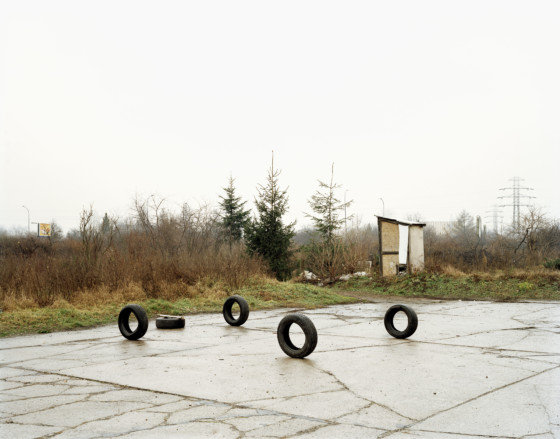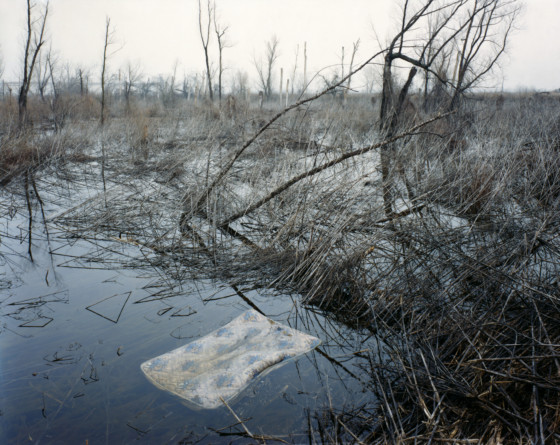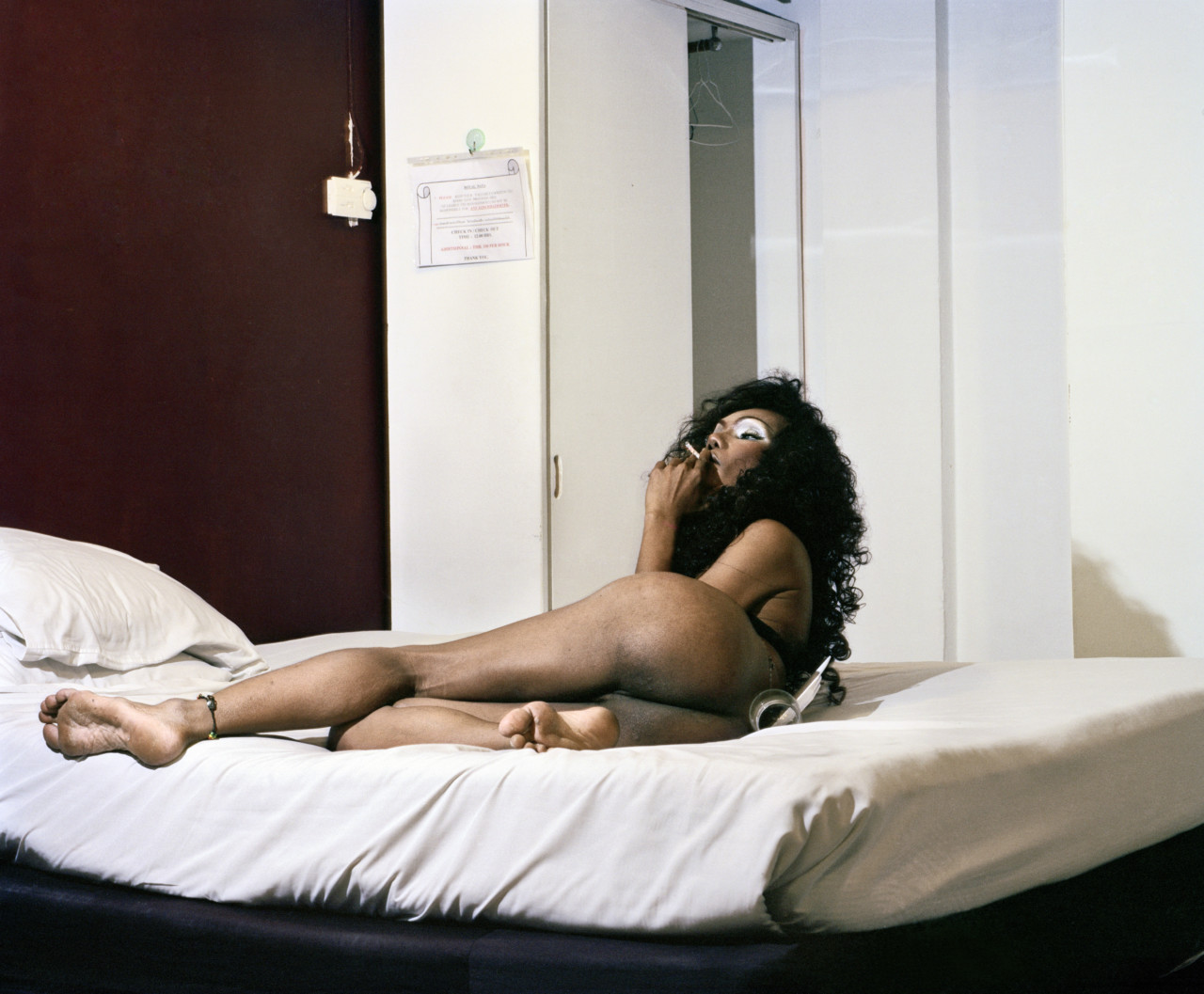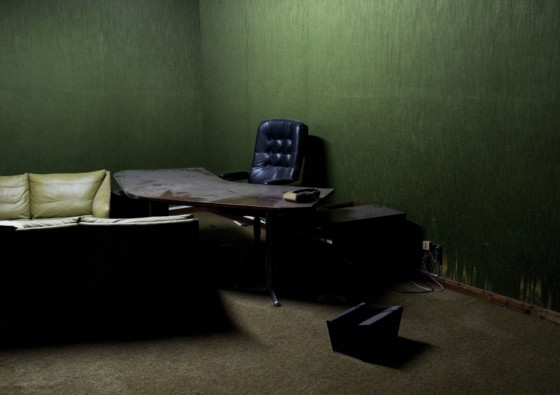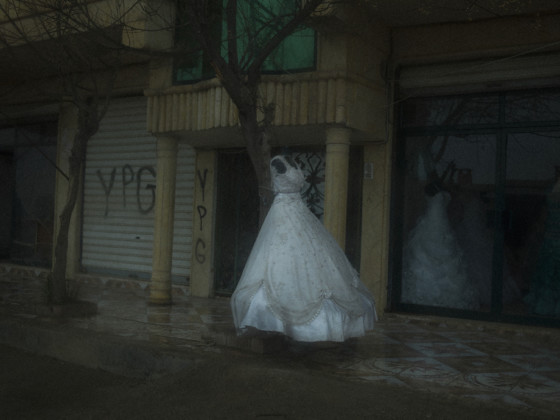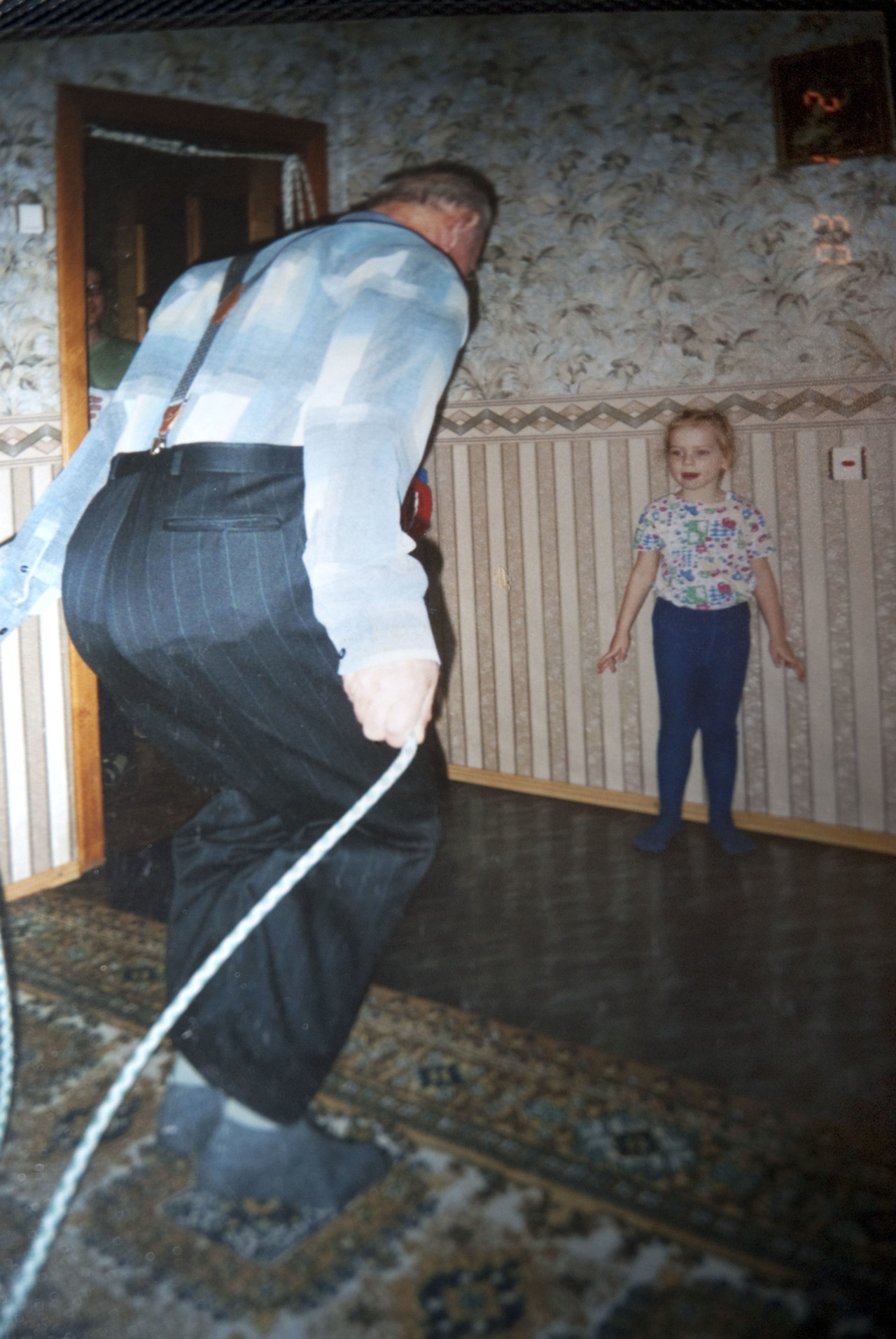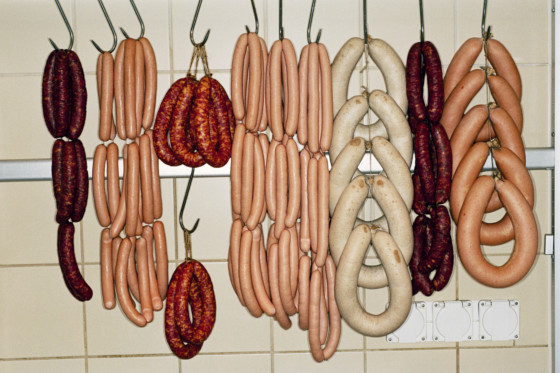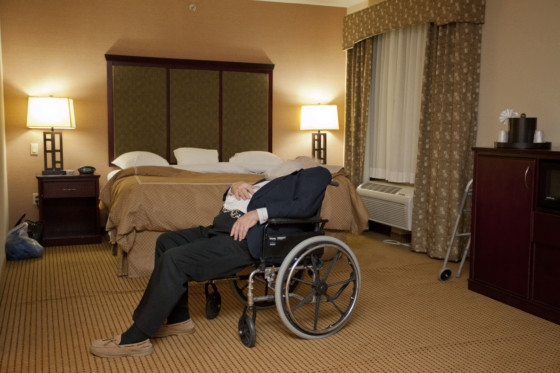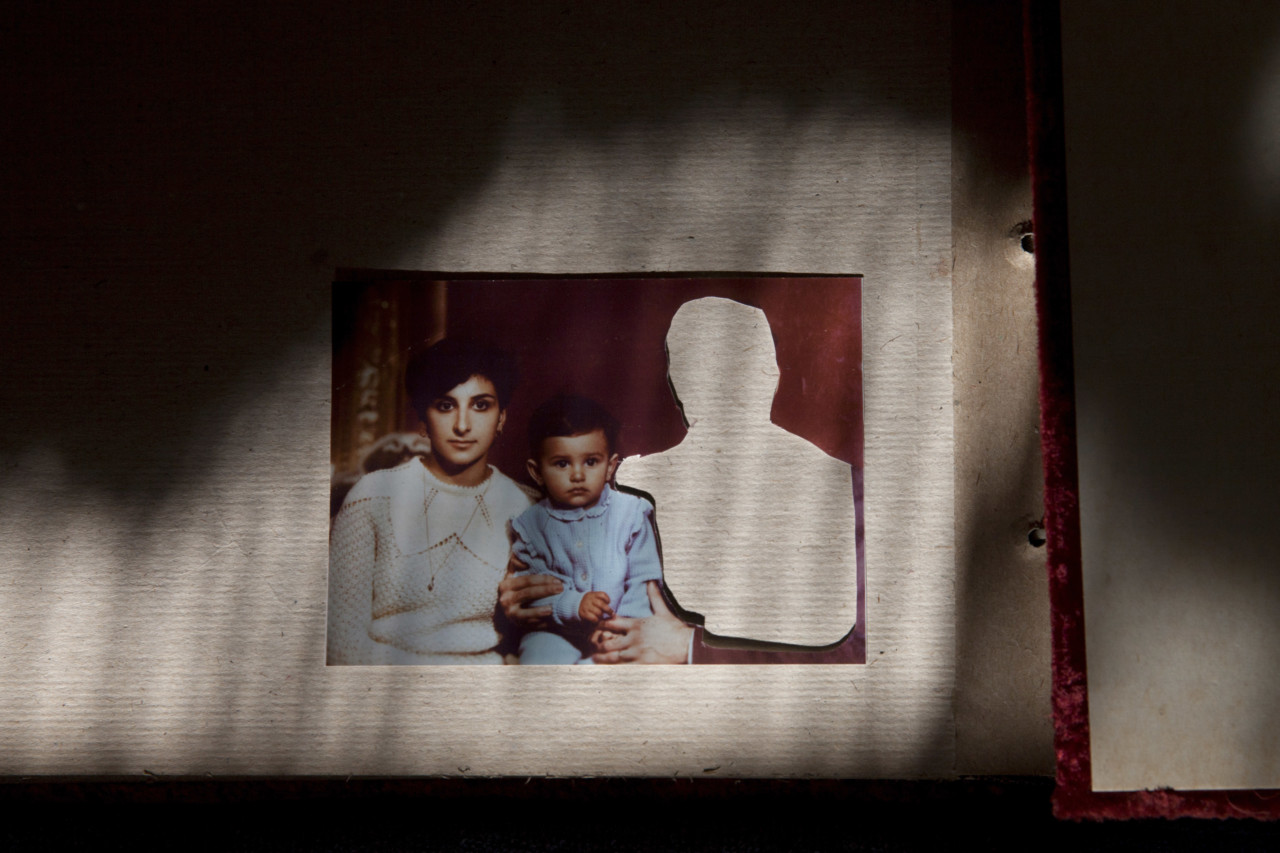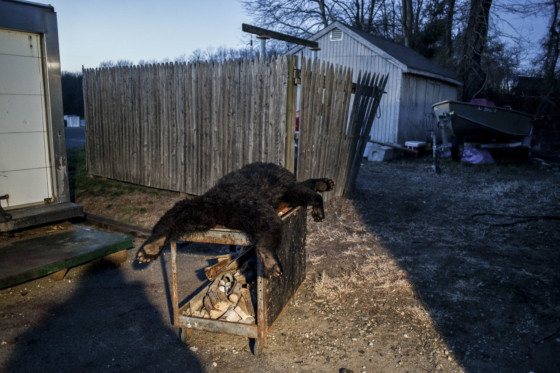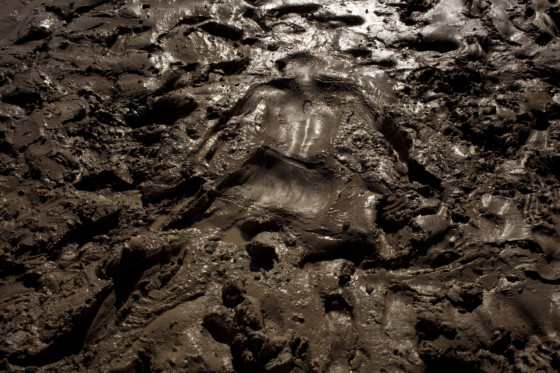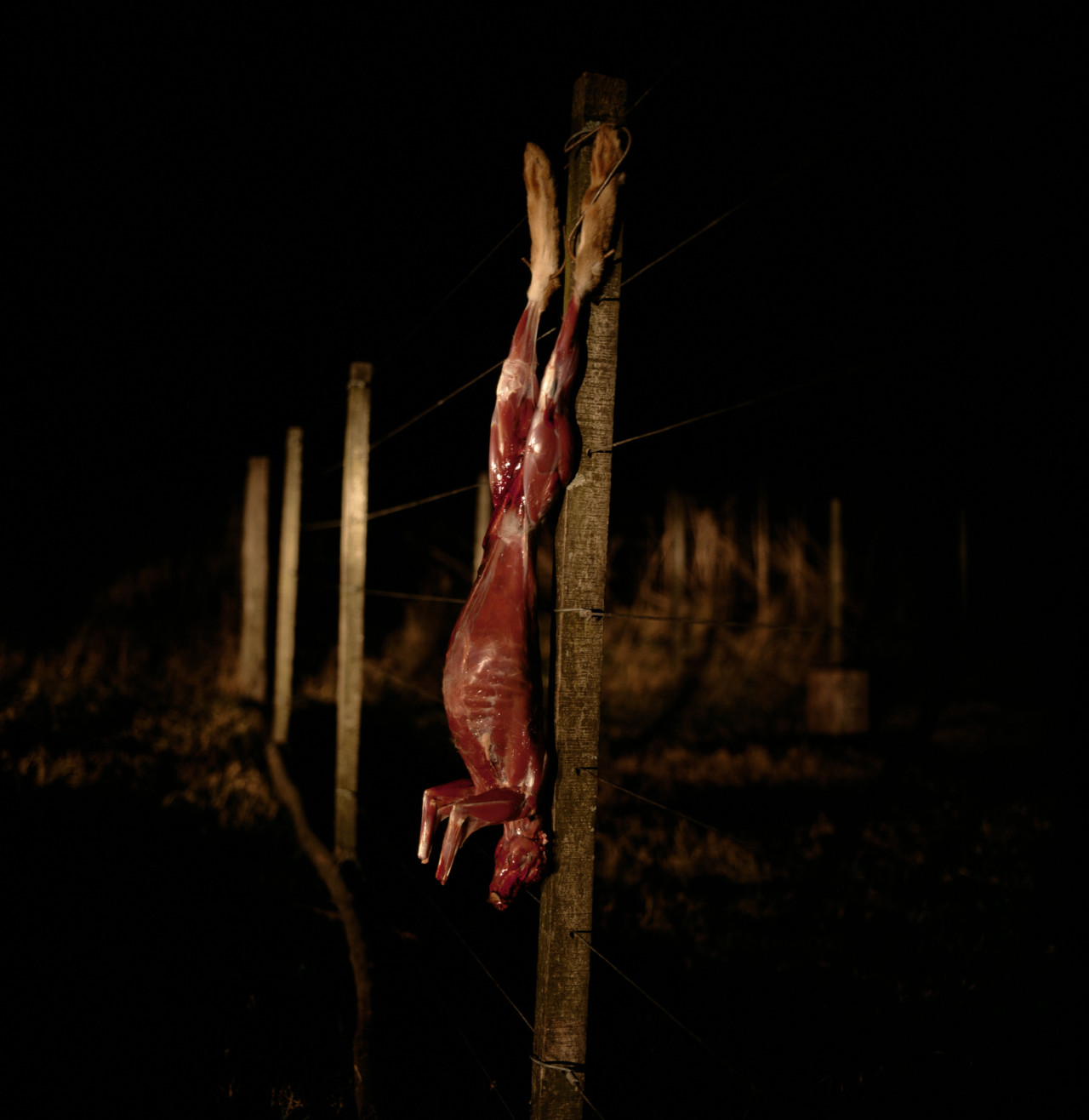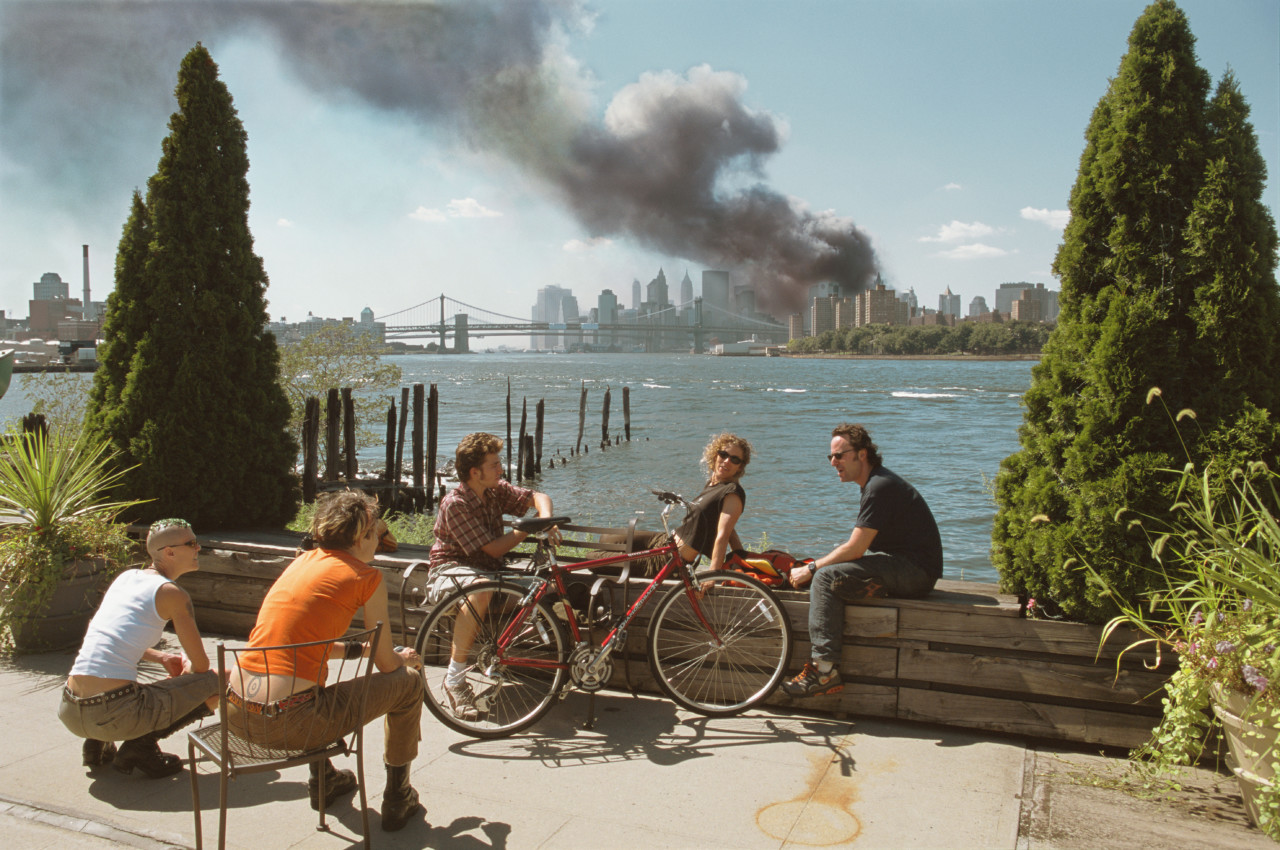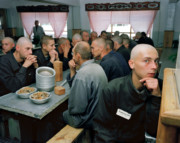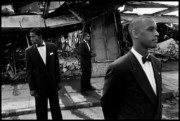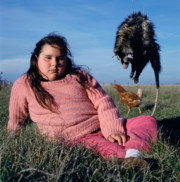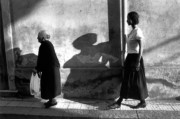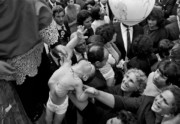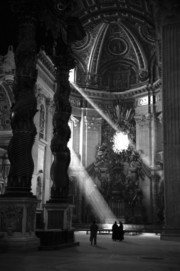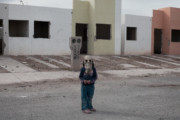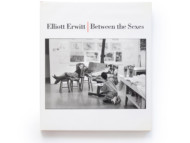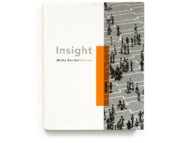Books, Design and Photography by an Art Director
Exploring the relationship between books, design and photography with Libyan Sugar designer and Colors art director, Ramon Pez
Magnum Photographers
Barcelona-based Ramon Pez is an art director and designer. He has served as the Creative Director of Colors Magazine and last year designed Magnum photographer Michael Christopher Brown’s award-winning photobook, Libyan Sugar. Here, we explore his take on book design. He will teach and mentor students at Magnum’s Bookmaking Course in Los Angeles.
This article is illustrated with images curated by Pez from the Magnum archive. Of his edit, he writes: “There is a screenwriters’ game, which I have always liked: I was always attracted to observing strangers and unfamiliar places, making me imagine stories and worlds in which to lose myself. This selection includes images that tickle my imagination.”
What is the relationship between photography, books and design?
It is a mutable relationship, which is a good sign. I consider books (right now) as interactive devices and the design akin to an architectural project, which can help the photography (the content of the story) to build visual narratives through the musical score (editing).
How do the artist, designer and publisher work together to bring a photobook project to life?
It could be a mutual relationship, based on a intense dialogue; a good publisher with a vision is crucial for getting a good result as long as the designer can translate the artist’s project into a book form which can interact with the reader.
Tell us about the process of working with Michael Christopher Brown on Libyan Sugar?
I loved the Libyan Sugar project from the beginning, when I first saw it in an issue of Foam magazine, a few years ago. When we met, Michael showed me the draft of his book project: he had already made a solid narrative structure, which impressed me with its potential; the texts are a crucial part of the book. The story is meaningful.
Later we were both excited to collaborate and he asked me to develop the final draft together. The dialogue between us started with the final form and size of the object, then we explored the project deeply: the proportions of the pages necessary to get the perfect dimension for the pictures, the relationship between the texts and the images, the visual language of these texts and the consistency with different text media (notes, diary pages, text messages, emails), the treatment (we used an electric blue color to convey the digital nature of the communications featured in the book). So then we re-emerged on the surface to discuss the cover design and the last crucial details, such as the edit of the caption pages, the title page and endpapers.
One of my greatest pleasures, when I’m involved in a book project, is predicated on the richness of the materials and the stories. In the case of the collaboration with Michael, his vision, storytelling, and photographs were so powerful that it was really easy to work with them through to the final design.
What would be your advice to a photographer looking to make their first book?
A. First of all, ask yourself if the book is the best expression of your project.
B. If yes: become a passionate lover of books, invest your time in the most remote flea markets, likewise in the most glittering bookstores in your city. The children’s book section offers unexpected discoveries! (Increase your awareness: it will be helpful).
C. Don’t be shy: find your favourite editor/designer/book-maker then share your ideas, it’s crucial for them to hear you so you can create your team.
D. Show the project to the publisher who can be congenial, and include them in the creative team. If that’s not possible, become a publisher yourself: find the budget that you need, for the self-co-x-publishing project. The ways are (almost) infinite.
What do you look for in photographic projects, and what is it that draws you to specific images? (Here you can refer anything from the Magnum archive if you so wish).
Stories. I love the many ways to tell a story through pictures, and the hybrid relationship between the words and images almost like musical codes (rhythm, melodies). I find the visual narrative one of the most intriguing ways to communicate.
The two-day bookmaking masterclass with Michael Christopher Brown and Roman Pez, on the 24-25 February, 2017, in Los Angeles, can be booked here.



